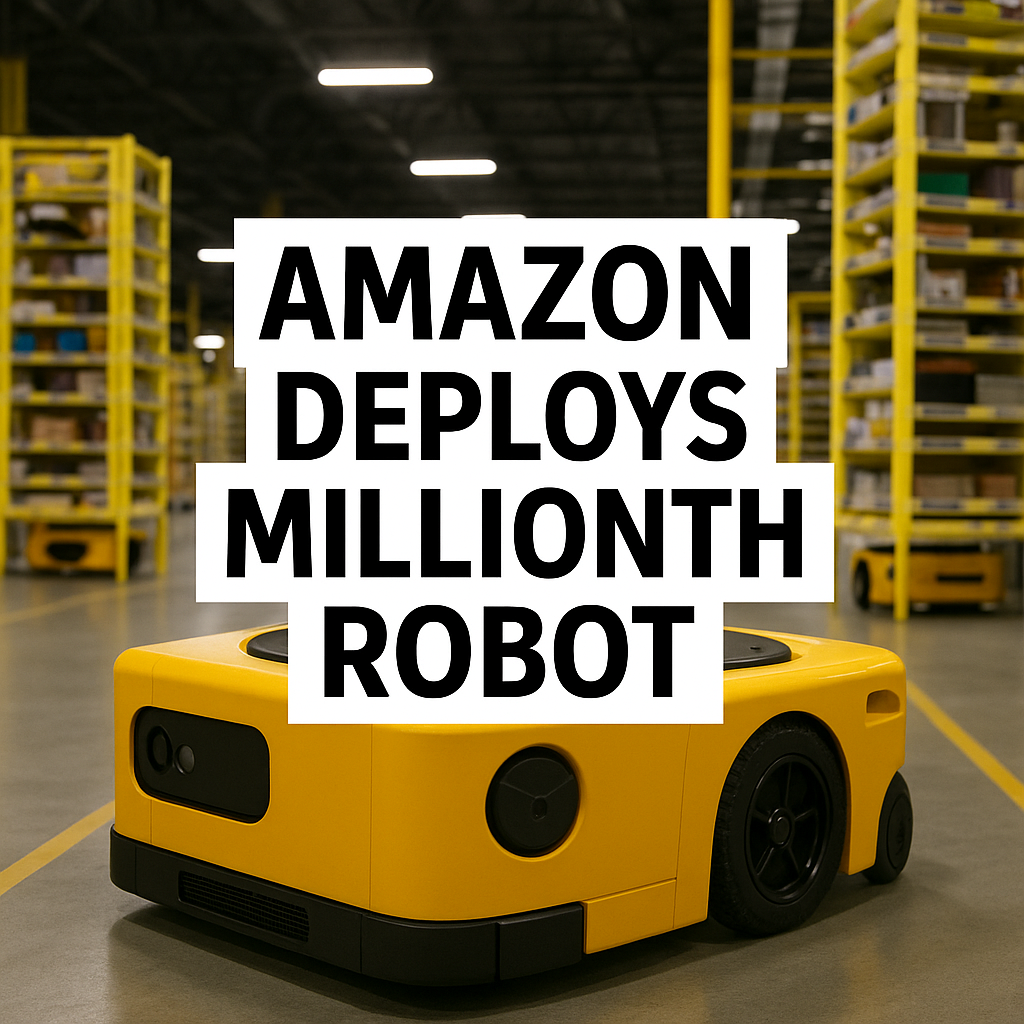Amazon’s Project Kuiper is a bold venture aimed at transforming global internet access through a constellation of low Earth orbit (LEO) satellites. With the goal of providing high-speed, low-latency broadband to underserved and remote regions, Amazon is positioning itself to compete in a rapidly evolving satellite internet market dominated by players like SpaceX’s Starlink. However, as outlined in a recent Wall Street Journal article, Amazon faces significant hurdles in scaling its ambitious project. This blog post explores Amazon’s satellite internet aspirations, the challenges it must overcome, and the opportunities that lie ahead.
The Vision of Project Kuiper
Announced in 2019, Project Kuiper aims to deploy over 3,200 satellites to deliver affordable internet access worldwide. Amazon’s vision aligns with a growing global demand for connectivity, particularly in areas where terrestrial infrastructure like fiber or 5G is impractical or too costly. The company has committed over $10 billion to the project, underscoring its determination to bridge the digital divide.
The potential impact is immense. According to the International Telecommunication Union, nearly 37% of the global population—roughly 2.9 billion people—remains offline, with many living in rural or developing regions. By leveraging LEO satellites, which orbit closer to Earth than traditional geostationary satellites, Project Kuiper promises lower latency and faster speeds, making it suitable for applications like video streaming, online education, and telemedicine.
The Competitive Landscape
Amazon is not alone in its quest to dominate the satellite internet market. SpaceX’s Starlink, with over 6,000 satellites already in orbit and millions of customers, has a substantial head start. Starlink’s rapid deployment and operational success have set a high bar, offering internet speeds comparable to terrestrial broadband in many areas. Other competitors, such as OneWeb and Telesat, are also vying for a share of the market, though they lag behind Starlink in scale.
Amazon’s challenge is not just catching up but differentiating itself. Starlink has already established a robust customer base, including individual consumers, businesses, and even military contracts. Amazon, however, brings unique strengths to the table. Its vast cloud computing infrastructure through Amazon Web Services (AWS) could enable seamless integration of satellite data services for enterprise clients. Additionally, Amazon’s logistics expertise and global brand recognition could help it penetrate markets that competitors have yet to reach.
Technical and Regulatory Hurdles
Building a satellite internet network is a complex endeavor. Amazon must manufacture, launch, and operate thousands of satellites while ensuring they meet performance and reliability standards. The Wall Street Journal highlights that Amazon has faced delays in satellite production and testing, with only a handful of test satellites launched to date. Scaling production to meet the Federal Communications Commission’s (FCC) requirement to deploy half of its constellation by 2026 is a daunting task.
Regulatory challenges also loom large. The FCC and international bodies like the International Telecommunication Union impose strict rules on spectrum allocation and orbital slots to prevent interference and space collisions. Amazon must navigate these regulations while coordinating with competitors to avoid spectrum conflicts. Furthermore, the growing density of LEO satellites raises concerns about space debris, prompting calls for stricter sustainability guidelines.
The Cost Conundrum
The financial stakes are high. Developing, launching, and maintaining a satellite constellation requires massive upfront investment. While Amazon’s deep pockets give it an edge over smaller competitors, the path to profitability is uncertain. Starlink has benefited from SpaceX’s reusable rocket technology, which lowers launch costs. Amazon, by contrast, is relying on partnerships with launch providers like Blue Origin (also owned by Jeff Bezos), United Launch Alliance, and Arianespace. These partnerships, while necessary, may increase costs compared to Starlink’s vertically integrated approach.
On the ground, Amazon must also develop affordable user terminals—similar to Starlink’s satellite dishes—to make its service accessible to consumers. The Wall Street Journal notes that Amazon is working on compact, low-cost terminals, but pricing remains a critical factor. If the terminals are too expensive, they could deter adoption, particularly in low-income regions where affordability is paramount.
Opportunities for Innovation
Despite these challenges, Project Kuiper has significant opportunities to carve out a unique position in the market. Amazon’s expertise in cloud computing and data analytics could enable it to offer specialized services, such as secure, high-speed connectivity for businesses or governments. For example, AWS could integrate Kuiper’s satellite network to provide low-latency data transfer for industries like finance, healthcare, and logistics.
Amazon’s global reach also positions it to target emerging markets. By partnering with local governments and organizations, Project Kuiper could deliver connectivity to schools, hospitals, and community centers in regions with limited infrastructure. Such initiatives could generate goodwill and establish Amazon as a leader in social impact.
Moreover, Amazon’s experience in consumer electronics, evidenced by products like Kindle and Echo, could lead to innovative user terminal designs. A sleek, easy-to-install terminal bundled with Amazon Prime or other services could attract consumers in developed markets, creating a new revenue stream.
The Road Ahead
Amazon’s journey to becoming a satellite internet powerhouse is fraught with challenges, but its resources and strategic vision make it a formidable contender. To succeed, Amazon must accelerate satellite production, secure cost-effective launch contracts, and navigate regulatory complexities. It must also differentiate its offerings in a crowded market, leveraging its technological and logistical strengths to capture both consumer and enterprise markets.
The broader implications of Project Kuiper extend beyond Amazon. A successful satellite internet network could transform how we connect, work, and learn, particularly in underserved regions. However, the race to dominate the skies also raises questions about sustainability, equitable access, and the commercialization of space. As Amazon and its competitors push forward, they must balance innovation with responsibility to ensure the benefits of connectivity are shared widely.
In conclusion, Project Kuiper represents a bold bet on the future of internet access. While Amazon has a long way to go, its track record of disrupting industries—from e-commerce to cloud computing—suggests it should not be underestimated. As the satellite internet market heats up, all eyes will be on Amazon to see if it can turn its celestial ambitions into reality.



